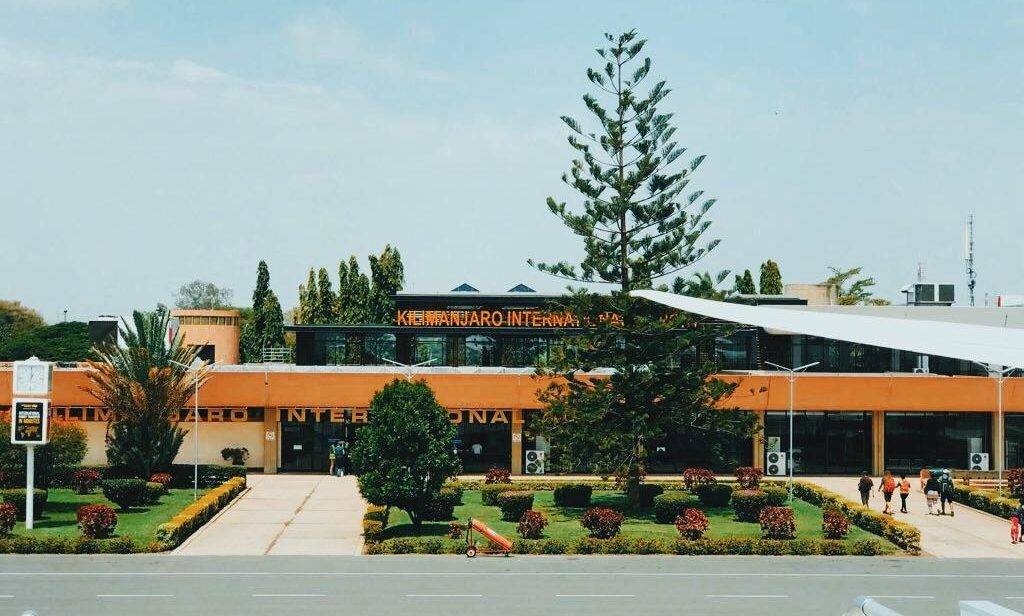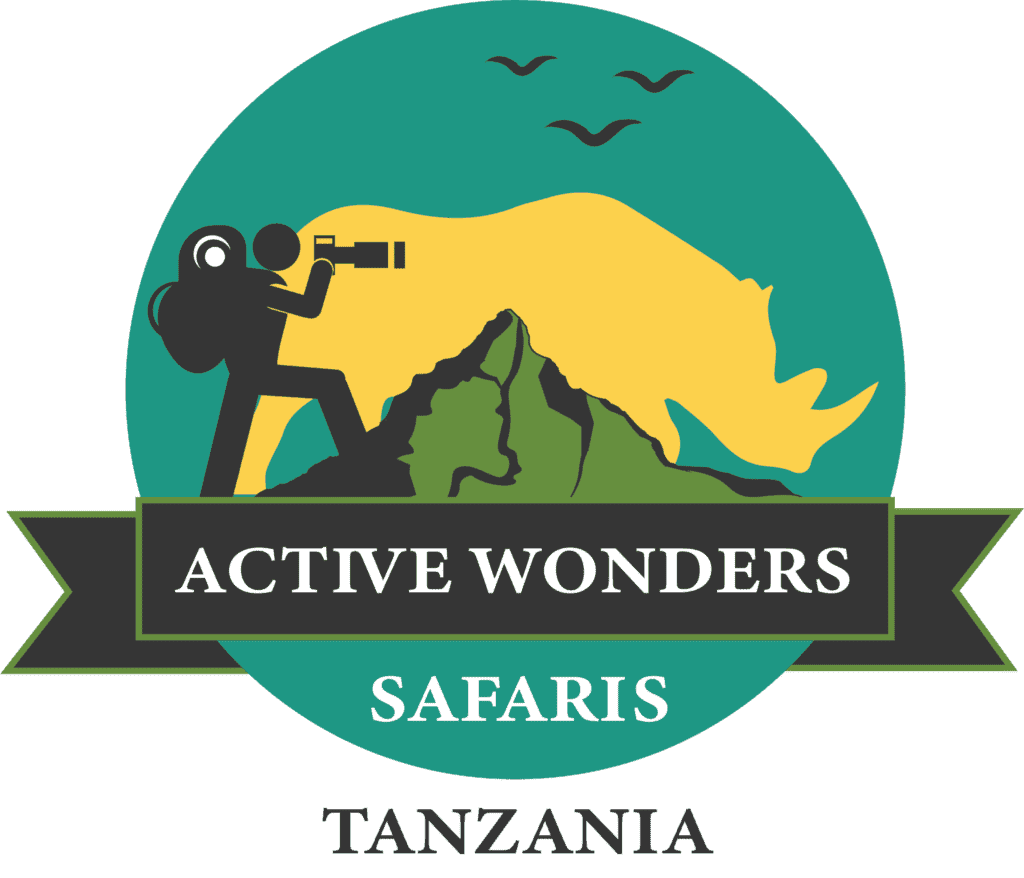Tanzania Travel Tips
At Active Wonders Safaris, we are dedicated to offering our clients impartial advice and unforgettable safari experiences. Our team of Africa Safari Experts is permanently situated in Tanzania, possesses extensive travel experience, and holds in-depth firsthand knowledge of the recommended destinations. We consistently assess new lodges, experiences, and activities to guarantee that these options align with the expectations of our clients.
Experience the unparalleled advantage of receiving current and pertinent Tanzania travel tips directly from individuals born and residing in Tanzania.

Tanzania
Location: Tanzania is situated in East Africa and is bordered by Kenya and Uganda to the north, Rwanda, Burundi, and the Democratic Republic of the Congo to the west, Zambia, Malawi, and Mozambique to the south, and the Indian Ocean to the east.
Topography: The country is characterized by diverse landscapes, including the Serengeti plains, Mount Kilimanjaro (the highest peak in Africa), the tropical islands of Zanzibar, Lake Tanganyika(the second deepest lake on earth), and the Great Rift Valley.
Exploring lesser-known regions of the country can also bring unique and delightful experiences, even though the well-known areas are often highlighted.
history about tanzania
Tanzania, situated in East Africa, boasts a diverse history shaped by ancient indigenous communities, the Swahili Coast’s trade networks with Arab and Persian influences, and periods of European colonization. German and British rule in the late 19th and early 20th centuries eventually gave way to Tanzanian independence in the 1960s. The union of Tanganyika and Zanzibar in 1964 formed the United Republic of Tanzania.
Under leaders like Julius Nyerere, the country pursued socialist policies in its early post-independence era. Over the years, Tanzania has prioritized political stability and development initiatives, including economic reforms, to enhance its standing in the global community. This history has contributed to the nation’s rich tapestry, blending indigenous traditions, trade influences, and a commitment to progress.
Tanzania, often referred to as “the Cradle of Mankind,” preserves the world’s oldest human fossils. Boasting 125-130 distinct indigenous groups and a history marked by minimal emigration or colonial settlement, the country has successfully retained much of its original historical heritage.
tanzania culture
Tanzania’s cultural diversity is richly woven with an estimated total of 125-130 ethnic groups, primarily categorized into Bantu, Cushite, Nilo-Hamite, and San. Indigenous communities place a strong emphasis on kinship and family bonds. The official languages, English and Swahili, mirror the country’s diverse influences, encompassing Asian languages such as Hindi, Urdu, Punjabi, and Gujarati.

Exploring Tanzania
For enthusiasts of travel and adventure, Tanzania stands out as the ultimate destination. Nestled in East Africa along the Indian Ocean, this stunning country caters to diverse interests. Whether you’re drawn to vibrant urban centers or untouched natural landscapes, Tanzania, with its sunny allure, ensures that all your vacation desires are met without the need to venture elsewhere.
what vaccines do I need for tanzania
A yellow fever vaccination certificate is required for travelers aged one year and older arriving from, or transiting for more than 12 hours through, a country with a risk of yellow fever transmission.
In addition to routine vaccinations like MMR and TDP, both the CDC and WHO recommend additional vaccinations for Tanzania, including Hepatitis A, Hepatitis B, and typhoid. Depending on the traveler’s activities, vaccinations for yellow fever and rabies may also be advisable. As of January 2023, there are no COVID-19 restrictions in Tanzania, and neither vaccinations nor PCR tests are required before travel.
For comprehensive health advice tailored to your individual needs and travel plans, it is always recommended to consult with your physician before embarking on a trip to Tanzania or any international destination.
visas for Tanzania
For a trip to Tanzania, it’s important to note that most visitors will need a visa. To make your travel smoother, it’s recommended to reach out to the relevant authorities several months ahead to understand the entry requirements and get the necessary permits and visas. If you’re arriving at Kilimanjaro International Airport, consider applying for your visa online through the Tanzania Immigration Department before your journey; just be aware that e-visas may take 2 to 3 weeks to process.
To enter Tanzania, ensure your passport is valid for at least six months from your planned arrival date. You’ll also need a return ticket and a single-entry tourist visa. This is a standard requirement for most countries.
While you can get your visa at the airport, it’s wiser to apply in advance to avoid potential delays or complications. Applying early not only helps you steer clear of any last-minute stress but also minimizes the chances of facing increased fees or long waits with immigration officers.

Tanzania currencies
Tanzania uses the Tanzanian Shilling as its official currency; however, it is advisable to primarily use US Dollars in cash. Credit cards and traveler’s cheques are generally accepted in most establishments but may incur transaction fees. ATMs are available in major towns and cities, but they are not commonly found in national parks and game reserves. It’s important to note that US Dollar bills printed before 2009 are not accepted in Tanzania.
When it comes to tipping during a Tanzania safari, it is customary to tip lodge staff and drivers/guides for good service. Before tipping, check if a service charge has already been included in your bill. The amount varies based on factors such as the size of your group, the level of luxury on the safari, and your satisfaction with the service. In major Tanzanian cities, a 10% tip is customary in restaurants and bars when a service charge is not included.

is tanzania a safe country
Yes, Tanzania is entirely safe for visitors from all over the world.
Tanzania has been a popular tourist destination, welcoming visitors to explore its wildlife, landscapes, and cultural heritage. Most tourists experience a trouble-free visit, particularly in well-traveled areas such as wildlife reserves and national parks.
Like any destination, it’s essential for travelers to exercise common-sense precautions, stay informed about local conditions, and follow any travel advisories issued by their government.When journeying with Active Wonders Safaris, prioritizing safety is fundamental. Our private safari experiences, guided by knowledgeable and professional experts, not only enhance your exploration of Tanzania but also guarantee complete peace of mind.
How long should My trip last
For an ideal Tanzania safari experience, it’s recommended to plan a trip of at least 10 days. However, if you have a limited number of days available, a 6-day itinerary can still offer a fantastic adventure. This timeframe is sufficient to explore the Northern Circuit, encompassing renowned destinations like Serengeti, Tarangire, and Ngorongoro – a safari route celebrated as one of the most popular in Africa.
tanzania trip planning
Why Tanzania?
Immerse yourself in Tanzania’s untouched wilderness, diverse wildlife, archaeological wonders, and preserved cultural heritage. Whether exploring Katavi’s pristine landscapes or indulging in a serene escape, Tanzania caters to every traveler’s desires.
when to visit Tanzania
Choosing the right time to visit Tanzania depends on your preferences and priorities. The country experiences two main seasons: a wet season from October to January and March to June, and a dry season in February, July through September. Opting for the dry season provides favorable conditions for activities like mountain climbing and exploration in sunny weather around 77 degrees Fahrenheit (25 degrees Celsius). The dry season also ensures better road conditions and makes wildlife observation around waterholes more accessible.
On the other hand, the rainy season, despite some limitations on reaching certain areas, offers unique opportunities. The flourishing grasslands and happy wildlife create vibrant landscapes, making it an ideal time for photography. Additionally, the rainy season often comes with lower costs and fewer crowds, enhancing the overall experience, especially for those eager to witness significant animal movements. While some areas may be inaccessible during the rainy season, the entire northern circuit is typically open throughout the year.
Tips for Planning Your Tanzania Safari
Careful timing is crucial: Ensure your itinerary aligns with your safari desires, whether it’s witnessing the Wildebeest Migration or basking in the ideal beach weather in Zanzibar.
Early booking for peak seasons is essential: Tanzania’s popular safari destinations and strategically located camps at Wildebeest Migration hotspots tend to fill up rapidly, often a year in advance.
Select your activities wisely: While morning and afternoon game drives are standard, activities like night game drives, guided bush walks, and hot-air balloon safaris are restricted to specific areas or camps.
Anticipate crowds during high season: From approximately June to October, Tanzania’s prominent national parks such as the Serengeti, Ngorongoro Crater, Lake Manyara, and Tarangire attract a significant number of visitors. Opt for a visit during the low or Green Season (around November to March) for a quieter experience without compromising on excellent game viewing.
Opt for exclusivity: For those seeking privacy, consider one of Tanzania’s private reserves. These offer superb accommodations, comparable game viewing to the main parks, and occasional additional safari activities (refer to point 3).
main airport in Tanzania
Kilimanjaro International Airport, Tanzania’s second international airport, serves as the primary access point for the Serengeti, Ngorongoro Crater, Tarangire, and Lake Manyara. However, charter flights to these safari destinations typically depart from Arusha Airport, necessitating a transfer. International flights often land at Kilimanjaro Airport late in the day, often requiring an overnight stay in Arusha.
Dar-es-Salaam International Airport, Tanzania’s main airport, serves as the gateway to the Indian Ocean coast, Zanzibar, Nyerere National Park (previously Selous), and Ruaha National Park.
Zanzibar International Airport While also an international airport, Zanzibar Airport is a significant regional hub, connecting the main island of Zanzibar and its surrounding islands to various destinations in Tanzania.

Domestic Airports
Tanzania has several regional airports that play crucial roles in facilitating domestic flights and connecting travelers to various destinations within the country. Some of the notable regional airports in Tanzania include:
Arusha Airport (ARK): Situated in northern Tanzania, Arusha Airport serves as a gateway to popular safari destinations like the Serengeti, Ngorongoro Crater, Tarangire, and Lake Manyara.
Mwanza Airport (MWZ): Located in the northwest of Tanzania, Mwanza Airport serves the city of Mwanza and the surrounding region, offering connections to destinations around Lake Victoria.
Dodoma Airport (DOD): Serving the capital city of Dodoma, this airport provides regional connections within central Tanzania.
Mbeya Airport (MBI): Located in the southern highlands, Mbeya Airport serves the city of Mbeya and the surrounding areas.
These regional airports contribute significantly to the accessibility and connectivity of various regions in Tanzania, supporting both domestic and international travel within the country.
african safari vehicles
Guided road transfers and game drives in Tanzania typically utilize enclosed 4×4 vehicles equipped with large windows and pop-up roofs. This setup is common for navigating the extensive road networks between airstrips, camps, and lodges in various safari destinations across the country. A typical closed 4×4 game drive vehicle consists of three rows of seating and is equipped with a pop-up roof hatch, allowing passengers to raise it for optimal game viewing and photography during safaris.

We look forward to welcoming you to Tanzania soon!


